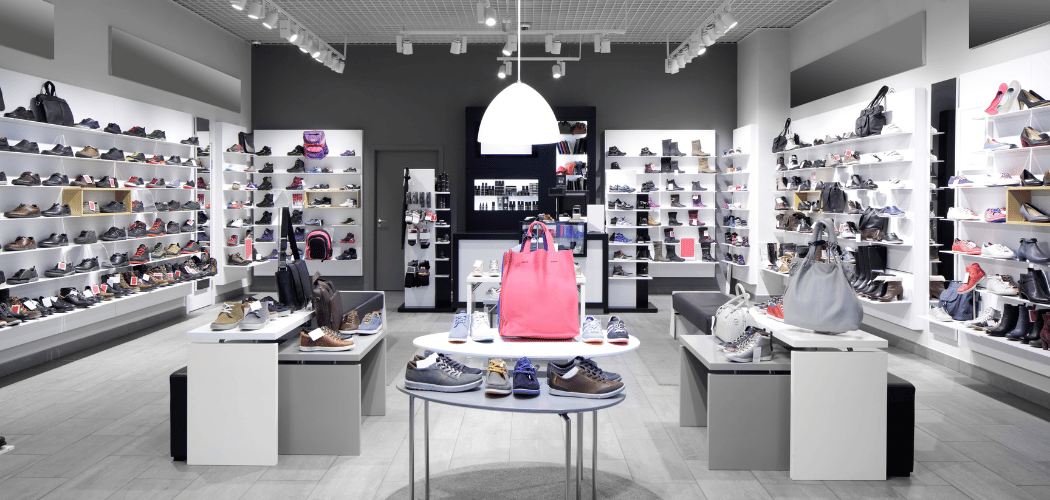In 2017, Colloquy estimated that there were $360 Billion dollars’ worth of points sleeping in member accounts worldwide, with a further $117 billion being issued each year. To appreciate the magnitude of those numbers, if we compare it to a country’s GDP, then this population of points owners would nestle nicely between Denmark and Singapore. With 7.6 billion program members globally and that number growing by 12% per year, this is a population and an income stream that is no longer a ‘nice to have’ - it’s a ‘must have’. More and more retailers are focusing efforts on consumer loyalty to ensure repeat purchasing. For example, Amazon Prime which is estimated to have over 100M members in the US alone says they are spending more than double the amount of non-Prime members. For most retailers, applying resources to acquire and convert customers while simultaneously ignoring existing bases is counterproductive at best.
Article By: Loylogic
In Forrester’s 2019 ‘Future of Payments’ report, they highlight that opening the loyalty reward ecosystem enables us to “recommend rewards that make the most sense to the consumer at the time of purchase”. That is, allowing members of a loyalty program to choose what, where, and when works for them — and we are already seeing the impact of this. Online retailers are witnessing the average transaction value for a points funded transaction, or a points plus cash transaction, being 40% higher than the value that they normally see with 100% cash funded transaction.
As the evolution of e-commerce continues and the closed walls of reward programs are gradually being removed, consumers are now rightly treating their loyalty points as an additional revenue stream. According to the Loyalty Report 2019, the average consumer is involved with 14 different loyalty programs. That’s 14 avenues for obtaining points which could be converted into real currency and spent at their favorite retailers. The household budget has been topped up and this revenue is already earmarked for spending on something rewarding.
By providing consumers with the ability to use their points in a way that’s meaningful to them and their lives, the loyalty program gets a happier, more engaged customer. For the consumer, they get to choose where and how they’re rewarded for their loyalty. And for the merchant, they get increased spend and returning customers as they’re now identified as being another avenue to allow spending and earning of these points.
When we look at the staggering number of points that are currently sitting dormant, can we conclude that these are unspent because consumers don’t know where to spend them? Or can't find the right option to spend them on? Or don’t have enough points to redeem for what they really want? Isn’t this the unsatisfying equivalent of winning 2 tokens at the fair and realizing you’re 48 tokens short for the main prize? Allowing consumers to part-fund their transactions with points and make up the shortfall with cash makes these points a lot more valuable. Enabling the consumer to earn more points on the cash portion of their transaction, creates a flywheel of customers returning with increasing regularity.
Also Read: Cobone and PointsPay Partner to Provide More Redemption Possibilities for Loyalty Programs
Consumers are now cleverly curating these revenue streams — and managing their different programs just as they would their different financial instruments. Some points are identified as an everyday earn and burn option whereas others are collected with the intention to save toward a big-ticket item in the future. Within these consumer or member profiles, there are those with an abundance of frequent flyer miles who are high net worth individuals with a global reach, those with points gained through health insurance programs that are health conscious, or those who earn points through their financial institution, maximizing output for every spend. But these groups are not entirely different at the end of the day, they all need/want to shop for something that complements their interests and they all have points that are given freely and ready to be spent.
As an online retailer, when you think of how and where your brand fits into the consumer’s world, you must ask what you are doing to engage the customer and stay relevant. Are you helping to shape innovation in the ecosystem and be seen to drive additional value to your consumer? Moving from a position of a mere product supplier to a travel, health, banking, or loyalty point partner will keep your brand in the everyday life of the consumer and create an ongoing cycle of spending.
There are three concrete reasons why you need to review your checkout options for 2020:
- Tap into existing and long-established loyalty programs by offering their members choice at your checkout
- Increase your average transaction size by up to 40%
- Provide a reason for consumers to continually return to your store, giving you the same loyalty as they have for their airline/bank/health program
If you're interested in a product that can help achieve the goals described in this article, Loylogic's PointsPay provides consumers with an account to store all their loyalty program points and convert these points into cash at your checkout. If the consumer doesn’t have enough points, they can top up their payment using their credit card and will earn points for their chosen program while doing so. Get in touch via the ‘contact us’ link at PointsPay.com.




